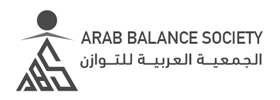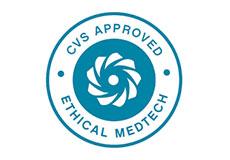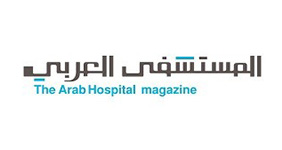Vascularised Flaps for Endoscopic Endonasal Skull Base Reconstruction
By Professor Dr. TANG, Ing Ping, Department ORL-HNS, Faculty of Medicine & Health Sciences, University Malaysia Sarawak, Sarawak, Malaysia
The expansion of endoscopic endonasal approaches for resecting skull base tumours has led to improvements in the techniques available for reconstructing skull base defects. Currently, reconstruction with vascularized pedicle flap provides the most reliable outcomes, with cerebrospinal fluid (CSF) leak rates of less than 5 per cent.
Commonly used skull base vascularized flaps include the Hadad-Bassagaisteguy nasoseptal flap, nasosetptal rescue and modified rescue flaps, reverse rotation flap (Caicedo flap), anterior pedicle lateral nasal wall flap (Hadad-Bassagaisteguy 2 flap), posterior pedicle lateral nasal wall flap (Carrau-Hadad flap), middle turbinate flap, transpterygoid temporoparietal fascia flap and transfrontal pericranial flap. Temporoparietal fascia and pericranial flaps are regional of extranasal vascularized flaps, whereas all others are intranasal.
Several factors influence the choice of reconstructive technique and its outcome. These include the location and extent of the skull base tumours and defects, the availability of the different reconstructive techniques, surgeons bias and skill level, the possibility of increased post–operative CSF pressure, the general health status of the patient and the need for prompt administration of adjunctive therapies.
The pedicle nasoseptal flap (Hadad-Bassagaisteguy flap) is ideal for reconstructing extensive defects of the anterior, middle, clival and parasellar skull base. Nasoseptal rescue flap is a modified Hadad-Bassagaisteguy nasosetpal flap that preserves the pedicle of the nasoseptal flap and is indicated when a large CSF leak is not anticipated. The reverse rotation flap was designed to reline the bare donor site of the nasoseptal flap, and it hastens post-operative re-mucosalisation of the donor site.
Anterior pedicle nasal lateral wall flap can be used as an alternative reconstructive technique when the classical Hadad-Bassagaisteguy nasoseptal flap is not feasible or when the dimensions of the defect require multiple flaps. It provides a large surface area that can be used to reconstruct a defect extending from the crista galli to the tuberculum sella anteroposteriorly and from orbit to orbit laterolaterally. The posterior pedicle lateral nasal wall flap provides a large surface area adequate for reconstructing skull base defects extending from the planum sphenoidale to the nasopharynx anteroposterioly and laterolaterally from orbital apex to orbital apex or the internal carotid artery canal to the internal carotid artery canal. The middle turbinate flap can be used to reconstruct small defects of the fovea ethmoidalis, planum sphenoidale and sella, especially when the others intranasal flaps are not feasible. When intranasal flaps are not feasible, we can use extranasal or regional vascularized flaps. The two commonly used regional vascularized flaps are namely, the temporoparietal fascia flap, which is ideal for middle and posterior skull base defects, and transfrontal pericranial flap, which is ideal for anterior skull base defects.
Adequate post-operative management is equally important, including appropriate antibiotics, nasal douching, advise to patients to avoid nose blowing, sneezing or coughing with an open mouth, outpatient clinic monitoring and debridement of the nasal cavity as necessary.
References available on request.
Dr. Tang discussed ‘Endoscopic skull base reconstruction with vascularised flaps’ on April 28 at the ME OTO Exhibition 2019.






















